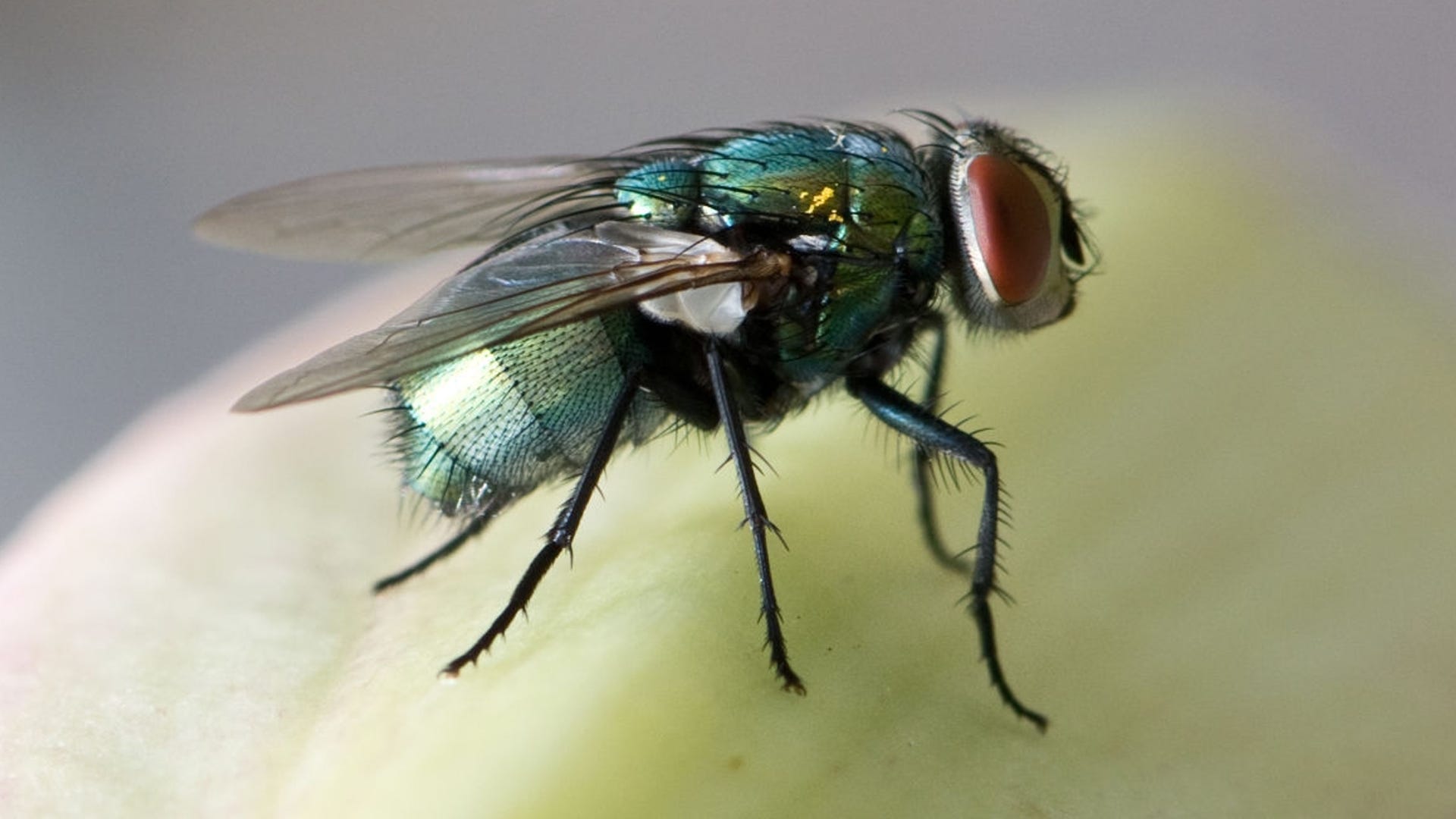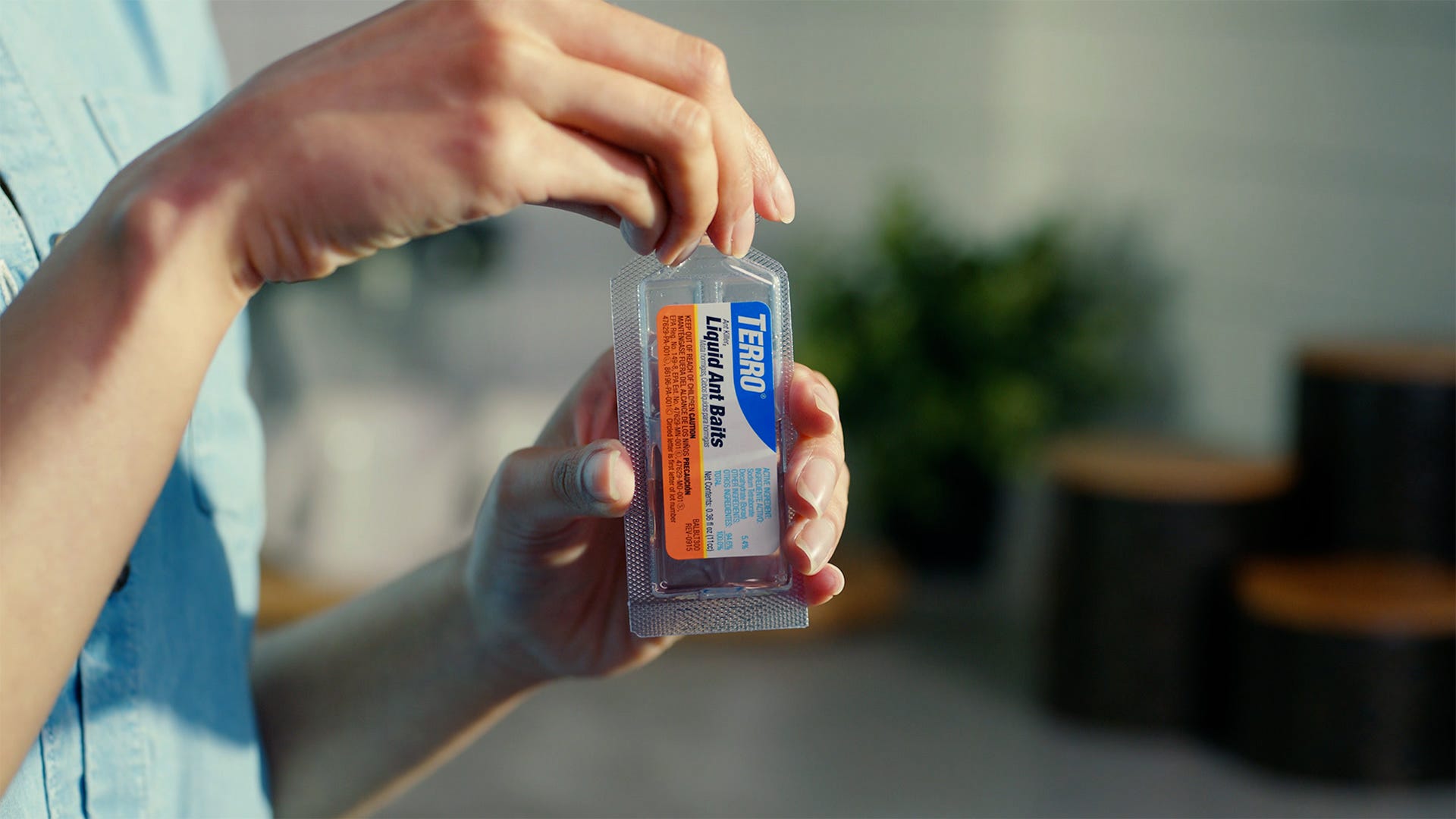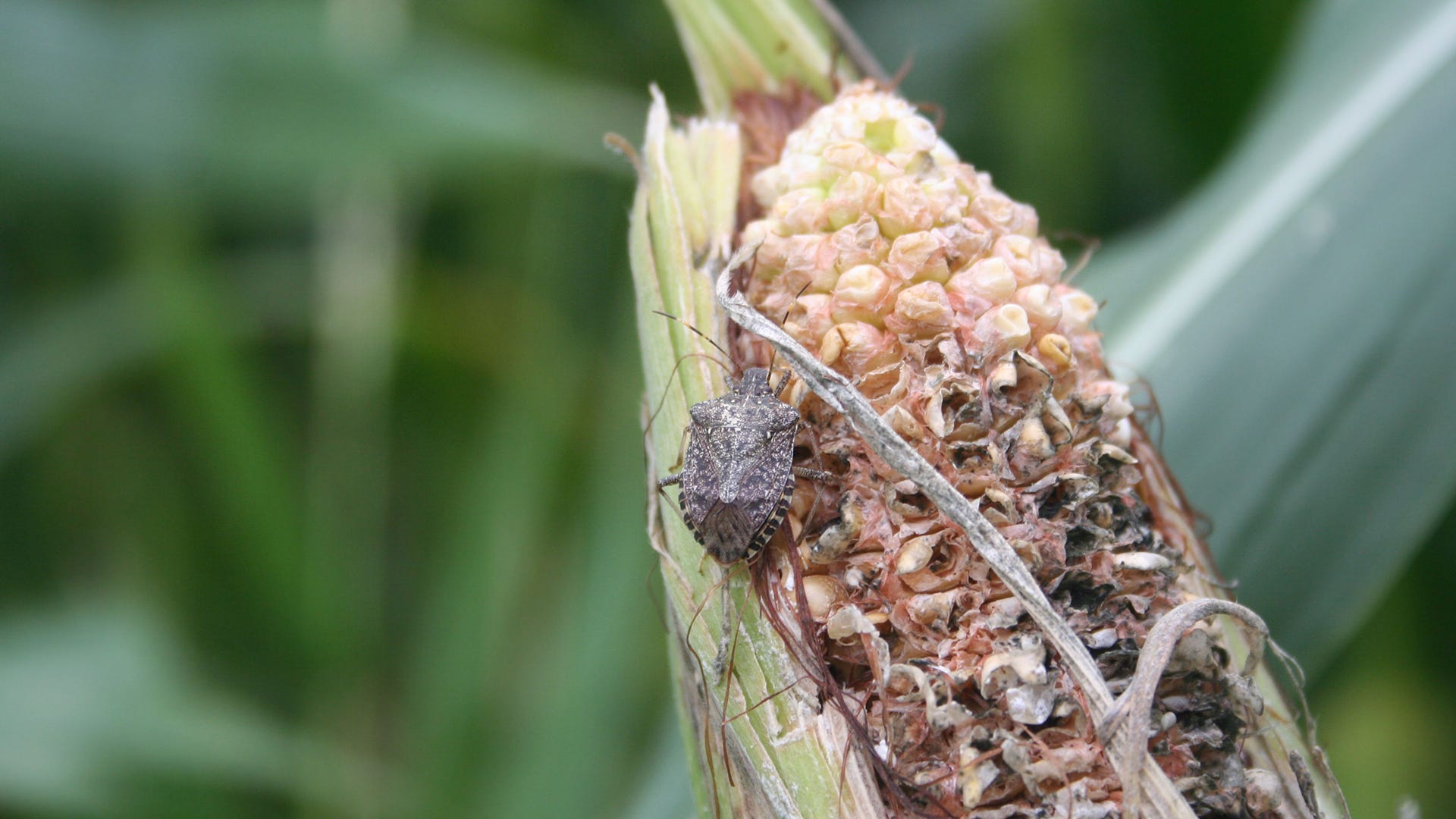When it comes to a shared experience of dealing with bugs, flies are a universal problem that most homeowners have to overcome at some point. Flies aren’t only a frequent and common pest, but perhaps also one of the hardest infestations to control. Knowing how to combat your problem starts with learning more about the fly itself – or in this case, knowing the life cycle and what steps you can take to get rid of them.
Understanding the Lifecycle
Flies go through a four-phase lifecycle that varies on different factors of their current habitat. Although they can adapt to environments and can reproduce very quickly, the fly lifespan is relatively short. By knowing what changes and characteristics are associated with flies during each stage can help give you an upper hand when fighting them.
Eggs
Like most other insects, flies start their life as eggs. The common housefly lays eggs that look like little grains of white rice, but they can vary in shapes and sizes. Eggs are often laid in different locations that are protected and near food or decaying matter. Female flies can lay 100 eggs after the time of reproduction and can reproduce up to 5 to 6 batches in their lifetime. The eggs hatch within 24 hours after being laid.
Larvae (Maggots)
After hatching, these larvae (also known as maggots) turn into legless, white insects that feed at the site in which they hatched for three to five days. This stage is to focus on storing energy by eating in preparation for their next stage in the life cycle. They molt several different times throughout this stage before finding a dark place to pupate. When ready to pupate, the larvae will burrow deep into the food source that they’ve been feeding on.
Pupae
During the pupae stage, the white larvae develop darker outer shells. Within a few hours after emerging from the pupa case, females can start breeding. Their shells are hard as they remain inactive for the next three to six days when the pupae develop legs and wings. Because flies don’t have teeth, they use a fluid-filled pouch on their head to break through the pupae shell that deflates after they have emerged.
Adult Fly
The life expectancy of a housefly can range between 15 to 30 days. Factors like location, temperature, and living conditions can affect life expectancy. Flies that are found in warmer locations like homes or buildings develop faster and live longer than those living in the wild. Flies are usually active during the daytime and stay close to where they were born. They don’t pose a threat when it comes to bites, but they can transfer more than 100 different pathogens.
Breaking the Cycle
Because flies have such a fast life cycle, infestations can happen quickly. That’s why it’s so important to know what flies can do in each stage and will help you determine the plan of action you want to take.
Eggs can be hard to look out for, especially when they’re in a hidden place like garbage or under other debris. Rotting foundations, dirty areas around the house, and food products are common areas where flies may lay their eggs.
Maggots are easier to spot in trash or food than eggs – and if you find maggots, that usually means eggs are present as well. If you find maggots in the food or the trash, you can boil them to eliminate them. Sprinkling salt or an insecticide on them can also help you get rid of them. The main goal is to quickly eliminate the breeding site, which means removing the eggs and maggots and then thoroughly cleaning the area.
After you eliminate the breeding site, focusing on the adult flies in the area is next. Remember, they breed very fast so it’s important to act immediately. Fly traps are a great product to use to catch the remaining flies around the outside of your home. Using bait to attract the flies while then capturing them inside the trap with a strong lid, you can reuse this trap until your infestation outdoors is gone. As for indoor control, catch those pests flying around your home with our Indoor Trap. Discreet and decorative, this trap attracts flies with bait and then traps them so they can’t escape.
As for an outdoor solution, our Garbage Guard® Trash Can Insect Killer is a great option to use with your outdoor garbage cans. Garbage cans are one of the more popular areas in which flies like to frequent due to the unlimited food and waste. Aim to prevent and eliminate flies surrounding your garbage cans by placing the pod on the inside of your bin’s lid. Garbage Guard® will eliminate them with a powerful, deep-penetrating vapor.

Prevention is Key to Protection
It’s much easier to prevent flies before they start infesting your home. That’s why we make products that help you take care of flies and other insects at every stage of life so that you don’t have to deal with them in and around your home. Let us know how you tackle fly problems on our Facebook page. To get exclusive deals and tips on how to keep your home bug-free, sign up for our e-newsletter.




